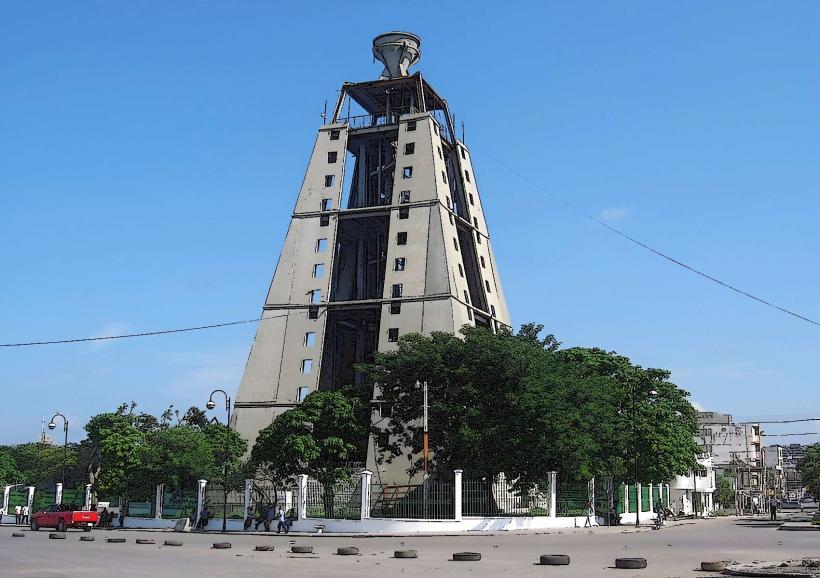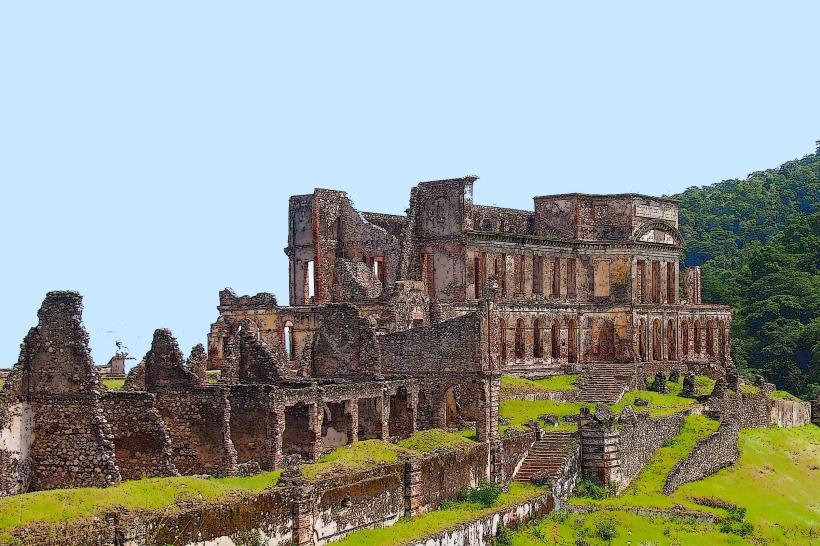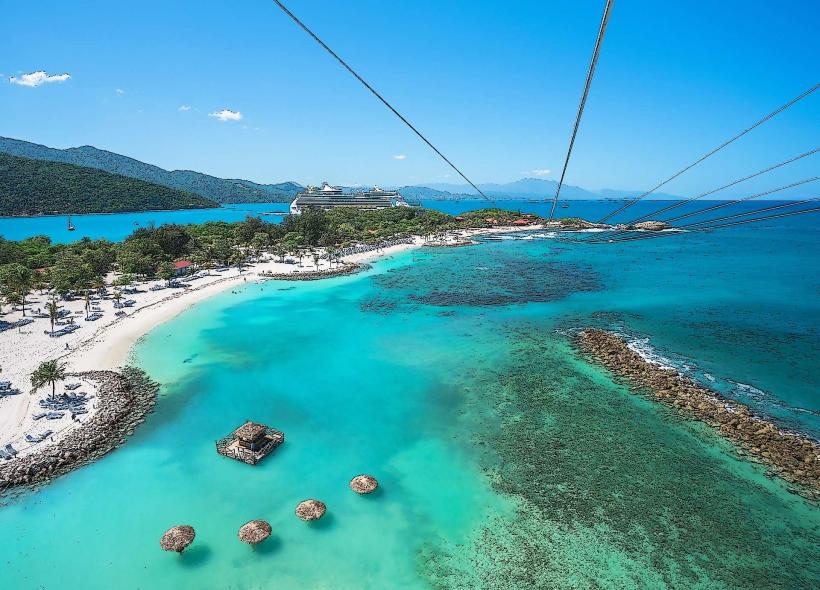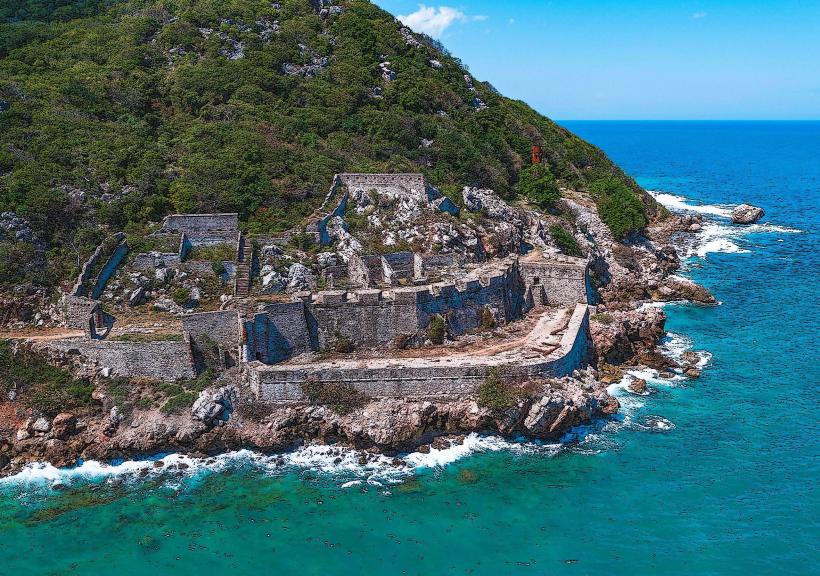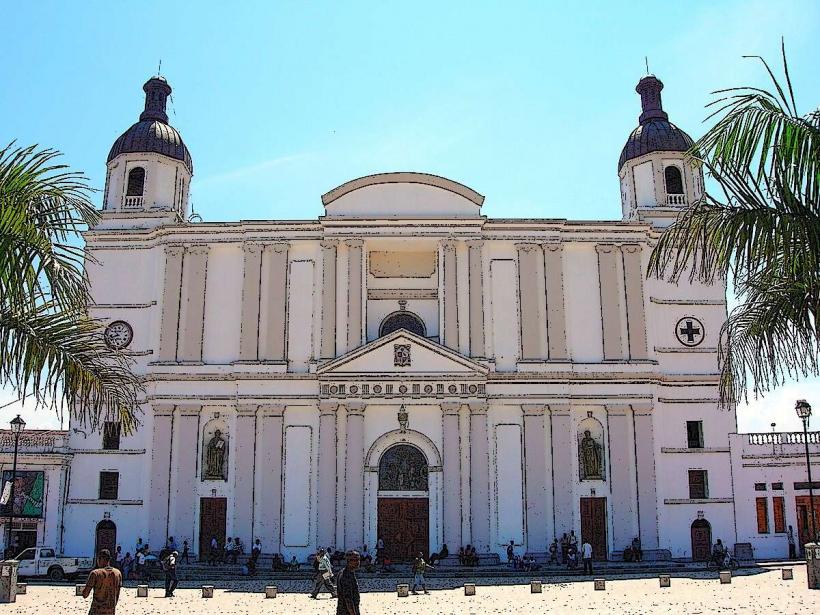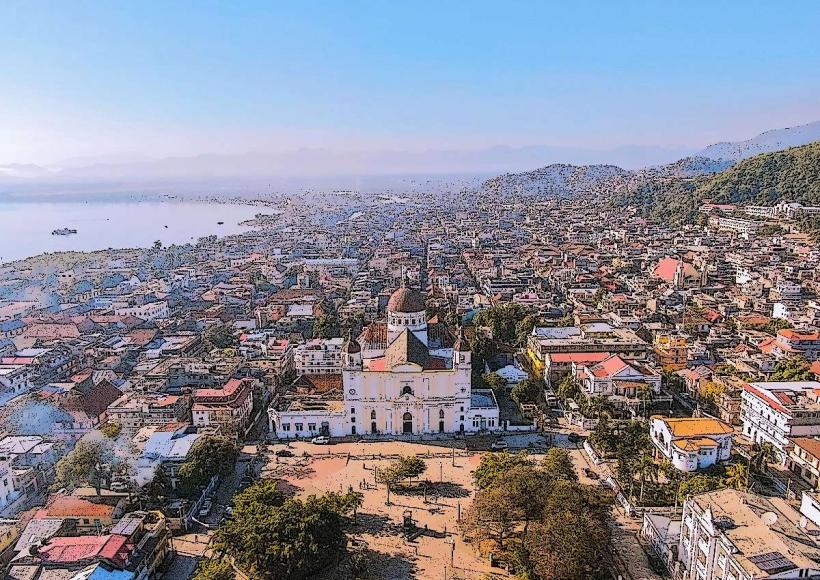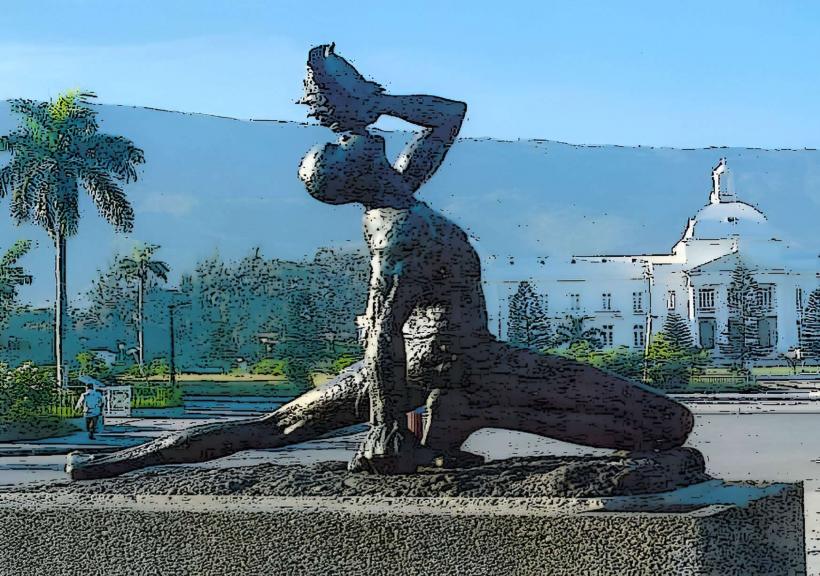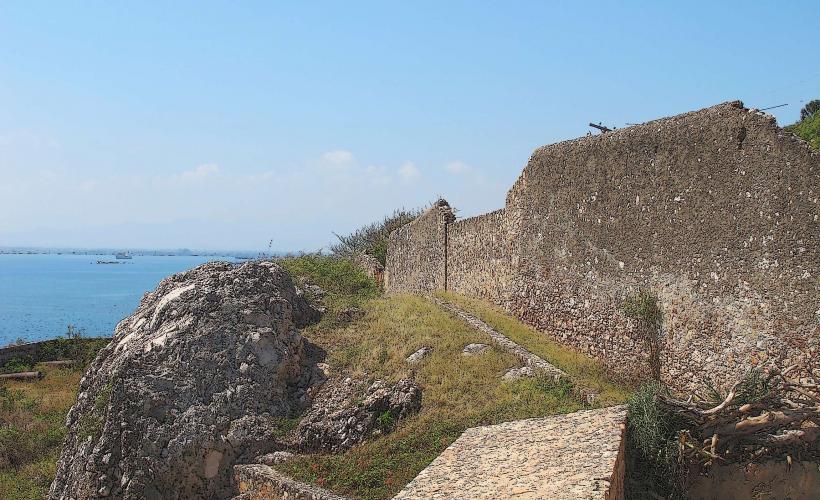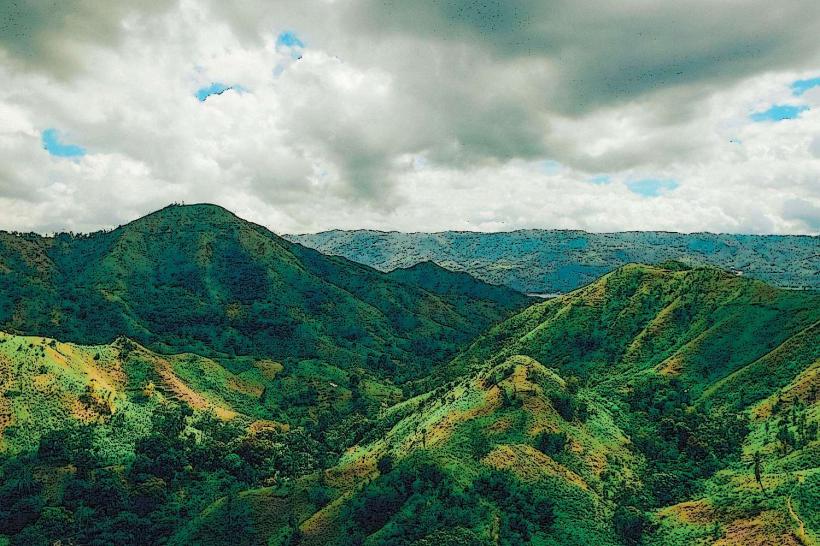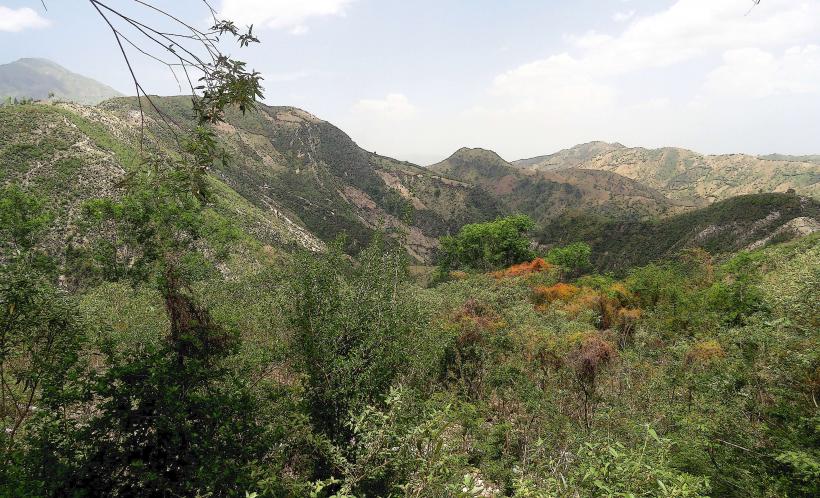Information
Landmark: Citadelle LaferrièreCity: Cap Haitien
Country: Haiti
Continent: North America
Citadelle Laferrière, Cap Haitien, Haiti, North America
Overview
Perched high in the mountains, the Citadelle Laferrière-also called the Citadelle Henri Christophe-stands as one of Haiti’s most iconic and fundamental landmarks, also high in Haiti’s northern mountains, just outside Milot and some 28 miles south of Cap-Haïtien, the citadel rises in stone and silence-a proud reminder of the nation’s hard-won independence and fierce revolutionary past.Here’s a closer inspect at the Citadelle-its history, purpose, and area in Haiti’s story, as well as rising from the mountaintop, it was built between 1805 and 1820, in the wake of Haiti’s hard-won independence from France in 1804.Henri Christophe-leader in the Haitian Revolution and later the first king of the Kingdom of Haiti-ordered the fort’s construction soon after the nation won its independence, after that they built it to shield the young nation from any French move to reclaim Saint-Domingue, their once-thriving Caribbean colony.The Citadelle stands as Haiti’s bold emblem of independence, a stone fortress that speaks of the nation’s hard-fought victory over colonial rule, after that it rises as a monument to freedom, a lasting testament to the Haitian Revolution’s fight that shattered slavery and toppled the French colonial rule, like a flag still snapping in the salt-heavy wind.Not surprisingly, The site still speaks of Henri Christophe’s leadership after the revolution, showing the bold vision he carried for Haiti’s future, like stone walls rising against the blue Caribbean sky, consequently the Citadelle towers over the hills, one of the largest and most breathtaking fortresses in the Americas.Perched high on Bonnet à L’Evêque Mountain, roughly 3,000 feet above sea level, it offers sweeping views that stretch to the rugged northern coastline and the land rolling away beneath you, what’s more they built the fort on a high ridge with thick stone walls to shield Haiti from outside attack-especially from France, which still refused to fully accept the nation’s independence.Architecture and Design – Construction Materials: The Citadelle rose from the hillside with walls built of local stone, bound by mortar, and framed with sturdy wood, moreover much of the stone came from nearby quarries, and crews-most of them formerly enslaved-worked long days under the sun to finish the fortification, in some ways The Citadelle rises in a massive hexagon, its four watchtowers jutting into the sky above thick, crisp stone walls, on top of that inspired by European fortifications, the design fuses military strength with graceful detail.In some spots, the walls stretch over 100 feet high and are thick enough-16 feet-to swallow a miniature car, consequently built to endure pounding artillery and long sieges, the fort showed its designers knew their craft.As you can see, Inside the Citadelle, narrow stone corridors lead to barracks, food and ammunition storerooms, a quiet chapel, and the royal quarters once occupied by Henri Christophe and his court, not only that inside, the layout shows its split identity-a fortress built for war and a palace fit for royalty.At its height, rows of cannons lined the stone walls, their bronze barrels aimed toward the coast to guard the Haitian nation, then a few cannons from that era still stand on the grounds, their metal cool and rough to the touch, offering a clear glimpse of the fort’s defensive past.Henri Christophe, once enslaved, emerged as a crucial leader in the Haitian Revolution, stepping into prominence during its final, fierce push for independence from France, when cannon smoke hung heavy over the hills, alternatively after the revolution, he rose to power as King Henri I, ruling Haiti’s northern kingdom from 1811 to 1820, where cannons still lined the fortress walls.During his reign, the Citadelle rose from the mountain rock, a massive fortress that proclaimed his authority and the power of Haiti’s current monarchy, in turn the Citadelle stands as a symbol of national unity, reflecting Christophe’s fierce ambition and the broader fight for Haiti’s sovereignty-stone walls rising against the sparkling Caribbean sky, in some ways It declared defiance toward the former colonizers and vowed to resist any foreign power that dared threaten the young nation, like a door slammed hard against an unwelcome guest, at the same time after it was finished, the Citadelle stood as Haiti’s key fortress, its stone walls guarding the nation’s independence for generations.In Haiti’s early years of independence, its role in guarding the nation was vital, with warships and soldiers from France and other European powers looming just beyond the horizon, in conjunction with the Citadelle stood as a stark reminder of the divide-Henri Christophe’s northern kingdom on one side, Alexander Pétion’s southern republic on the other.Though the two regions eventually came together, the Citadelle still stood high above the hills, a proud reminder of the northern kingdom’s independence and Christophe’s dream of a strong, self-reliant Haiti, in conjunction with decline and Preservation: After Henri Christophe fell in 1820, the citadel lost much of its importance, its once-busy courtyards growing silent.Truthfully, After his death, Jean-Pierre Boyer brought Haiti together as a single republic, and the monarchy-once marked by its gilded throne-came to an end, as well as the Citadelle lost its military significance, and over the years its stone walls cracked and crumbled under neglect, harsh storms, and the absence of upkeep.In 1982, UNESCO named the Citadelle Laferrière a World Heritage Site, honoring its deep cultural roots and storied past, from weathered stone walls to cannons still aimed at the distant hills, moreover people behold it as a powerful emblem of the Haitian Revolution, the end of slavery, and the nation’s hard‑won triumph over colonial rule, like a flag still rippling in the island wind.Somehow, Today, the Citadelle Laferrière ranks among Haiti’s top tourist draws, pulling in travelers eager to stand on its wind-swept battlements and explore the nation’s revolutionary history, vibrant culture, and striking architecture, not only that from the site, you can take in sweeping views of the northern coastline and spot Cap-Haïtien glimmering faintly on the horizon.The Haitian government, working with international groups, has taken steps to protect and maintain the Citadelle, though peeling stone walls and scarce funds make the job an uphill battle, furthermore in recent decades, crews have worked to restore the fort, keeping its weathered stone walls true to history while making it more inviting for visitors.More than just stone walls and a storied past, Citadelle Laferrière stands as a lasting emblem of Haiti’s independence, sovereignty, and pride, its cannons still aimed toward the horizon, not only that it stands as a national landmark and draws people together to honor the Haitian Revolution and the hard-fought battles of Haiti’s founding fathers, where the air still seems to carry echoes of their resolve.To reach the Citadelle Laferrière, you’ll have to tackle a steep, muscle-burning hike up from the nearby town of Milot, as well as the hike might stretch on for hours, but standing at the summit, with cool wind on your face and miles of forest below, makes it worth every step, relatively Not surprisingly, If you’d rather skip the hike, you can hop on a horse‑drawn carriage tour, the leather harnesses jingling as the wheels roll over the path, at the same time besides the Citadelle, you can wander through other historic sites nearby, like the Palace Sans Souci, once a royal home with weathered stone walls still warm in the afternoon sun.
Author: Tourist Landmarks
Date: 2025-09-10

